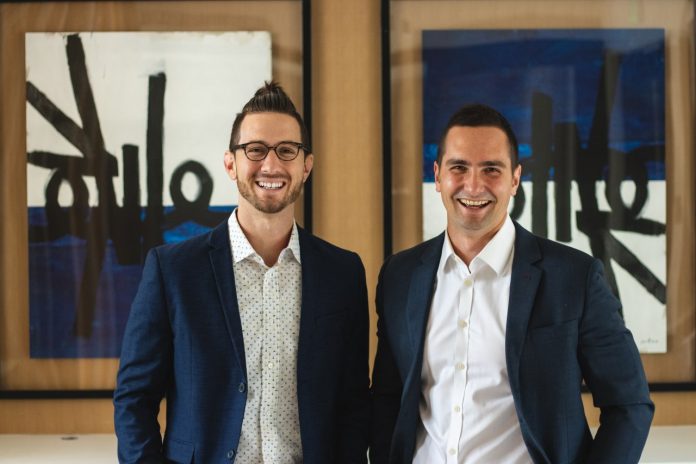Uncommon truth: Most of the top advertisers don’t rely on making the first sale profitable
One of the biggest buzzwords in the marketing world is return on ad spend (ROAS).
This is basically the amount of revenue you get back when you spend on advertising, whether that’s Google, Facebook, Instagram or any other ad platform.
Gaining back profit on your investment, especially as an eCommerce brand is critical. But it’s not easy.
So, if you’re struggling to make ads profitable, and if ROAS is your core metric, then increasing your Average Order Value (AOV) is vital, explains growth hacker Jonathan Maxim.
Jonathan runs a boutique marketing firm called K&J Growth Hackers, and is responsible for campaigns like TikTok’s massive 2019 user acquisition expansion, Mark Cuban’s brand Prep Expert scaling one campaign to over 100k in additional company profit per month, and many more.
The secret, he explains is in increasing the amount customers purchase on each transaction. Here’s how.
Test and learn on various price points
The first and most critical step to gaining the best profit margins for your eCommerce brand is to make sure you’re priced properly among your target customers.
“A lot of budding eCommerce brands price their product at a premium from the outset. This is fine, but it can make getting started and making ads profitable a challenge. Simultaneously, a lot of brands that are established could demand a much higher price point and are losing out on great margins. So, it’s vital that you test your customer’s price elasticity.” Maxim explains.
The simplest way to test multiple price points in isolation, without telling the whole world is to:
- create a unique landing page outside of your core eCommerce store for your best performing product
- Once done, most landing page builders offer an A/B testing functionality
- Choose that, and then make your price point 20% lower, normal and 20% higher on three different landing pages
Using Facebook/Instagram ads, spend around $100 in ads and send traffic to each, using the same creative, copywriting and all aspects of the campaign. Isolate only the price point.
From there, the data will tell an obvious story. Each of the three product price points will either have more or less ROAS than its neighbor.
Add product bundles that help complete the customer experience
Now that you have some unique landing pages for your best performing product, you have a lot of flexibility from an eCommerce perspective.
Think about your customer and why they buy. Ask yourself, which products, when combined will complete the issue the user is trying to solve.
You can also look at products that are commonly bought together, in your analytics.
Say for example, you’re selling a cake mold. Anyone who needs a cake mold will be baking a cake. So, they’re going to need a nonstick spray, maybe a spatula, and a cookbook.
Therefore, if your cake mold is $20, it would be easy to increase your average order value to $40 by adding in a $7 spray, a $9 spatula and a $12 cookbook. And guess what? Your customer will enjoy the convenience.
If your ROAS is 2X on a $20 purchase, getting that to 4x+ is very realistic, which would add a lot of margin and revenue to your campaign.
At scale, a campaign generating $200,000 per month, would shoot right up to $400,000 without any additional ad spend.
Add Upsells and Downsells
In the same vain as above, eCommerce brands can add upsells and downsells that help complete the customer experience more.
Remember, once someone has their wallet out, it means they trust you and are ready to buy. Usually, they’re willing to spend much more than you’re getting on just a single product purchase.
An upsell (pitch a higher price product) or downsell (if they decline the uspell, pitch a cheaper product) is an additional sales page a user hits after adding the initial product to their cart and beginning the check-out process.
Same philosophy here: offer them a deal for buying another product that will help solve their bigger need.
Jonathan explains, “Upsells make sure you’re getting every ounce of value out of your investment in marketing. Leverage the fact that customers are excited and serve them as best you possibly can, given your product portfolio. The customer will be happier, and so will you.”
Making it all work
As with anything, information is good. Applying those learnings is great. But that’s also the hard part. So do more research on improving AOV, consult with an expert and give it a try.
There are countless platforms out there that make all of the above a breeze, if you’re willing to learn a little. However, if you try it blind, things could seem quite complex.
So do your homework, or talk to someone who has, and give it a try. And, you could be in for dramatically better results.


